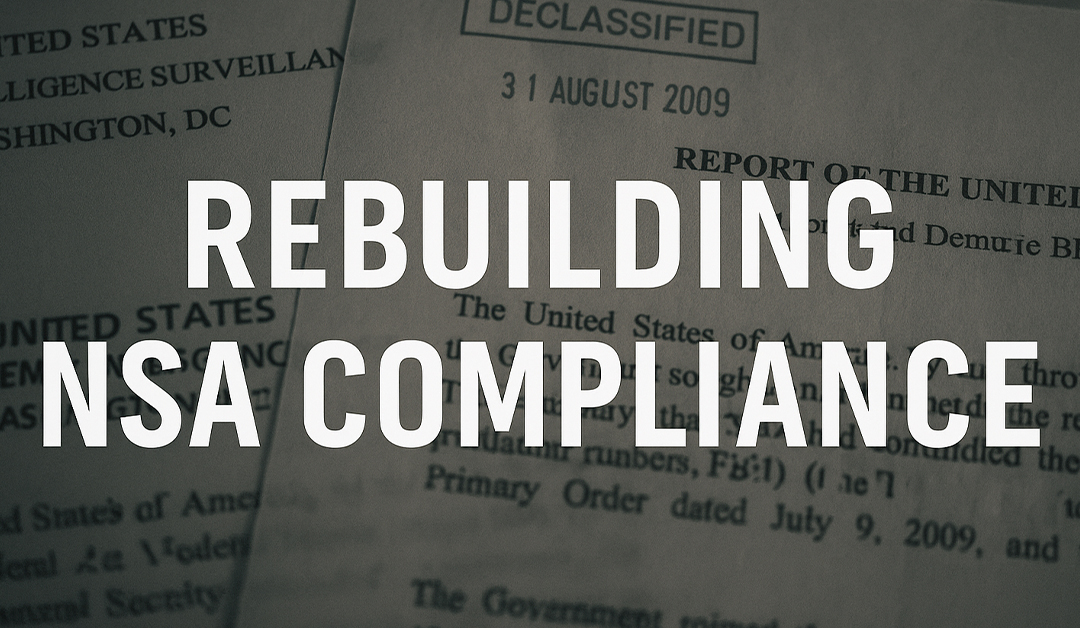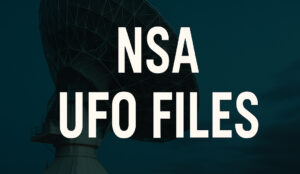An August 2009 report from the U.S. Government-released only after intense public and judicial pressure-sheds light on how the NSA attempted to rebuild credibility after it was caught violating court-mandated rules under the Patriot Act’s Section 215.
This report, titled the “Report of the United States with Attachments”, was submitted to the Foreign Intelligence Surveillance Court (FISC) to address the fallout from the agency’s repeated violations of rules surrounding bulk call metadata collection.
What emerges from the document is not just an apology-but a choreographed effort to preserve surveillance authority while reengineering internal control.
🔍 From Violation to Explanation
Earlier in 2009, FISC had halted the NSA’s ability to search its own data due to widespread noncompliance. The August report was part of a strategy to regain that trust.
The U.S. government submitted:
-
A detailed description of prior systemic violations
-
The timeline of internal reviews and discovery
-
An outline of corrective technical upgrades and policy retraining
-
Affidavits from officials inside NSA, including Director Keith Alexander
"The NSA recognizes that it did not meet its obligations," the report states, while emphasizing its commitment to national security.
🛠️ What Changed After the Shutdown
The document outlines corrective measures to prevent further misuse of U.S. person data:
-
NSA established a new auditing and oversight layer within the Signals Intelligence Directorate
-
Querying tools were reprogrammed to enforce "reasonable articulable suspicion" (RAS) before searches could be conducted
-
Analysts were re-trained, and search histories were logged and reviewed weekly
-
Previously unrestricted alerting systems were either restricted or disabled entirely
Additionally, the agency proposed that telecom-derived metadata would be segregated into two distinct access environments-one for research, one for authorized queries.
🧩 Institutional Blind Spots Admitted
The report didn’t shy away from acknowledging structural failure:
-
NSA had implemented automated systems that operated with insufficient legal oversight
-
Oversight teams did not fully understand the system’s technical design
-
Government lawyers misrepresented compliance status to FISC in prior filings-not from malice, but from misunderstanding
These admissions mark one of the most candid acknowledgments by the intelligence community in the post-9/11 surveillance era.
⚖️ Keeping Section 215 Alive
Despite serious failures, the document strongly argues to maintain Section 215 authority:
-
Emphasizing the importance of historical metadata to connect foreign and domestic terror networks
-
Arguing that the revised safeguards now sufficiently protect U.S. persons
-
Warning that discontinuation could impair national defense capabilities
The result?
The Court permitted metadata collection to resume-but under sharply narrowed and supervised conditions.
Same soup, just reheated.






